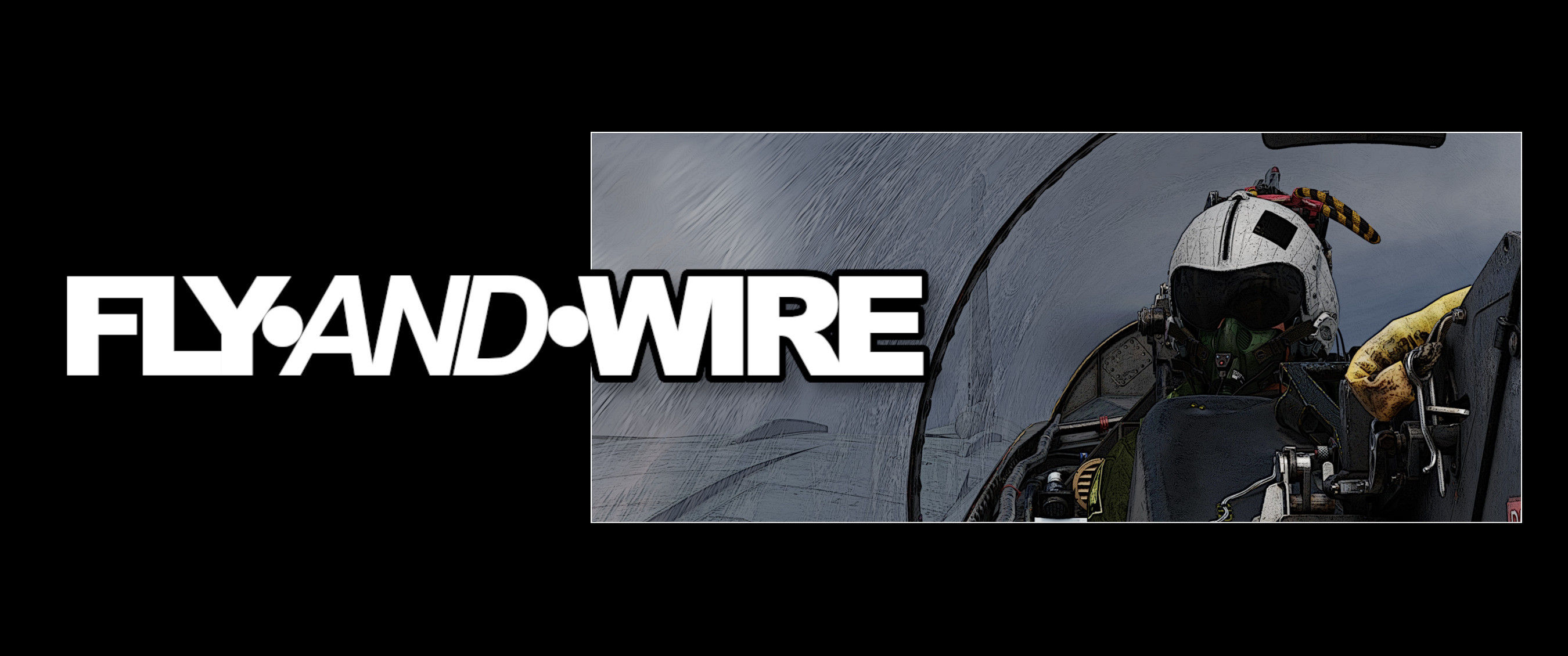-
Posts
1199 -
Joined
-
Last visited
-
Days Won
2
Content Type
Profiles
Forums
Events
Everything posted by Karon
-
Getting ready for the F-4E, this time discussing intercepts: https://flyandwire.com/2023/08/17/f-4e-air-to-air-intercepts-theory-phantom-phamiliarisation-vi/
-
AIM-54 Analysis post recent patch & fix (28/07/2023): https://flyandwire.com/2023/07/28/aim-54-phoenix-post-2-8-7-42718-28-07-2023/




